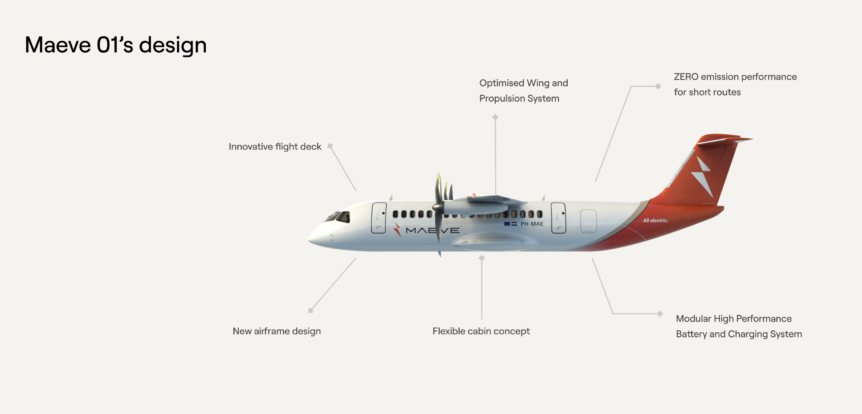Electric aircraft sales told the tale at this year’s Paris Air Show. European and American firms sold, or received letters of intent for, hundreds of craft, especially of interest in the electric, hydrogen, and hybrid categories we’ll discuss here. We will have subsequent entries on other craft of interest at the show and the commercial possibilities they encompass. Afrijet’s electric intentions French airframer Aura Aero signed a Memorandum of Understanding (MOU) for “multiple electric aircraft” at the Paris Air Show. This came a day after a Philippine-based Asian aerospace firm signed a Letter of Intent for three electric aircraft with Aura Aero. The 19-passenger, eight motor, ecologically friendly aircraft has an all-up weight of 8.6 tons and a hybrid cruising speed of 250 knots true air speed (288 mph). Its pressurized cabin can alternately carry 1,900 kilograms (4,180 pounds) of cargo with a total volume of 21.5 cubic meters (759.3 cubic feet). Total operating costs will run only one-tenth of …
Tag Archive
Below you'll find a list of all posts that have been tagged as “Elfly Noemi”

